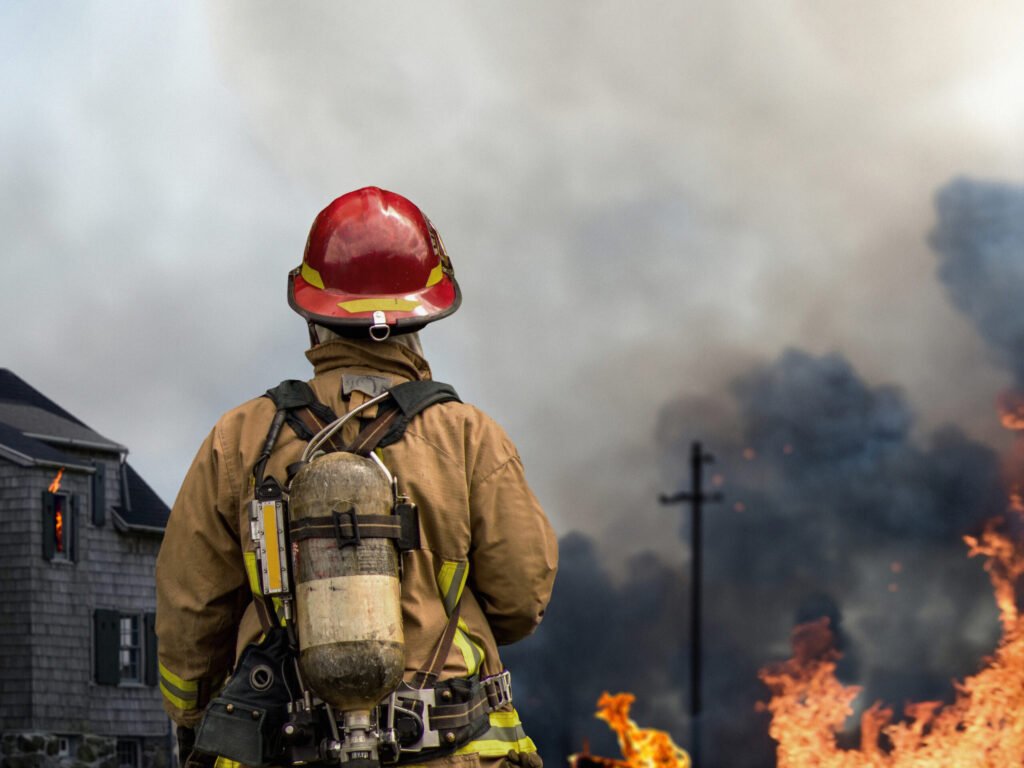Blog
Firefighter’s Clothing – A Shield Against the Elements
The Perils of the Profession
Firefighting is a dangerous and demanding occupation, requiring individuals to face extreme conditions, including intense heat, toxic fumes, and physical challenges. In the face of such hazards, firefighters rely on a crucial piece of equipment: their protective clothing. This specialized attire is designed to shield them from the elements, allowing them to perform their duties safely and effectively.
A Brief History of Firefighter’s Clothing
The evolution of firefighter’s clothing has mirrored the advancements in fire science and technology. Early firefighters often wore rudimentary garments, such as leather coats and hats, which offered limited protection against the elements. As firefighting techniques improved, so too did the need for more sophisticated protective gear. The advent of flame-resistant materials, such as Nomex, revolutionized the design and functionality of firefighter’s clothing.
The Components of Firefighter’s Clothing
Firefighter’s clothing typically consists of several key components, each designed to provide specific protection and functionality. These components include:
- Coat: The coat is the primary piece of protective gear, covering the upper body and arms. It is typically made of flame-resistant fabric, such as Nomex, and is designed to withstand high temperatures and exposure to toxic substances.
- Pants: Firefighter’s pants are similar to the coat in terms of material and construction. They provide protection for the lower body and legs, including the knees and ankles.
- Helmet: The helmet is a vital piece of equipment that protects the head from heat, impact, and falling debris. It is typically made of a composite material, such as Kevlar, and features a visor to shield the eyes.
- Gloves: Firefighter’s gloves are designed to protect the hands from heat, burns, cuts, and chemical exposure. They are often made of a combination of leather and heat-resistant materials.
- Boots: Firefighter’s boots are sturdy and durable, providing protection for the feet and ankles. They are typically made of leather or a synthetic material and feature a non-slip sole.
- Self-Contained Breathing Apparatus (SCBA): While not technically clothing, the SCBA is an essential piece of equipment that provides firefighters with clean air to breathe in hazardous environments. It consists of a mask, a regulator, and an air cylinder.
The Importance of Firefighter’s Clothing
Firefighter’s clothing plays a critical role in ensuring the safety of firefighters and the public. By protecting firefighters from the dangers of fire, it allows them to perform their duties effectively and minimize the risk of injury or death. In addition to providing physical protection, firefighter’s clothing also helps to maintain morale and confidence among firefighters, knowing that they are equipped with the best available gear.
Conclusion
Firefighter’s clothing is a testament to the advancements in technology and materials science. It is a vital piece of equipment that enables firefighters to perform their dangerous and demanding tasks with confidence and safety. As the challenges faced by firefighters continue to evolve, so too will the need for innovative and protective gear.




